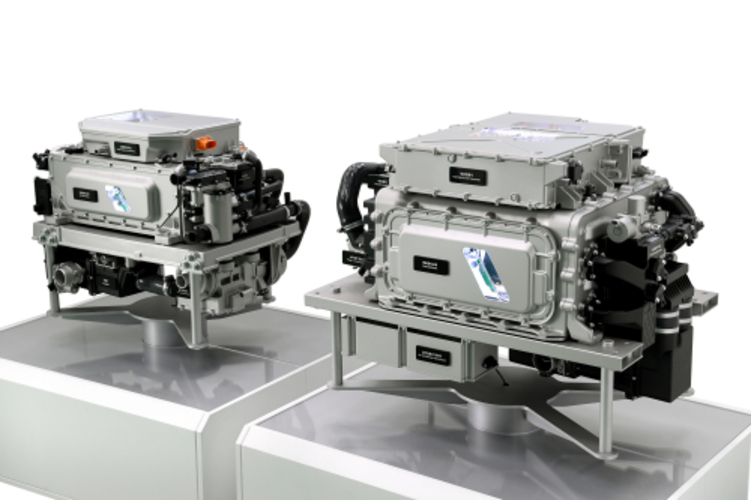Hyundai has announced plans to bring hydrogen into the mainstream by 2040 through the introduction of a range of different technologies and mobility solutions for both the transportation and industrial sectors.
The Korean vehicle manufacturer states that by 2028 it will electrify all new commercial vehicles, through fuel cell electric or battery electric powertrains, alongside the application of fuel cell systems.
The company envisions that by 2040, hydrogen energy will have been applied to a multitude of industries alongside transportation. At present, Hyundai is mass-producing an updated version of its Xcient Fuel Cell heavy-duty truck, alongside a tractor that uses the same fuel cell unit, which is scheduled for release by 2023.
Furthermore, the company is to develop a 5–7m- fuel cell Purpose Built Vehicle (PBV) to target the light commercial vehicle market. Hyundai predicts that this will account for seven million unit sales each year by 2030, supported by an expansion of business capabilities into autonomous driving and robotics in the commercial sector.
Hyundai has plans to introduce a new generation fuel cell system in 2023 that is smaller and cheaper but has improved durability and output characteristics. Through R&D, Hyundai aims to produce by 2030 cost-effective units that are comparable in price to other battery electric vehicles.
Hyundai currently has a third-generation fuel cell stack under development that is set to succeed the presently used NEXO stack. Two power versions of the third-generation fuel cell stack were showcased by the manufacturer: a 100kW option and 200kW option. A 30% reduction in size of the 100kW version makes it easier for applications into arrange of vehicles, while the 200kW option is designed for commercial applications and is roughly the same size as the present NEXO system but can produce double the power output.
The second-generation stacks produced in 2018 were capable of 5,000 hours and 160,000km of usage, but this time around, the OEM aims to improve durability by 50-100%, enabling commercial vehicles to drive 500,000km using the same stack. When teamed with a new Power Unit Module, the third-generation stack is a flexible and modular system that can provide outputs ranging from 500kW to 1MW.


